Detoxification
Measuring brain activity in response to drug use
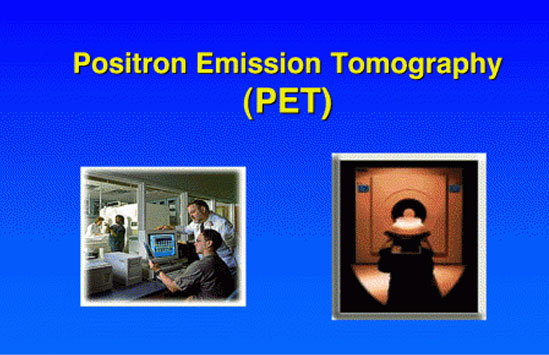
Position Emission Tomography (PET) measures emissions from radioactively-labeled chemicals that have been injected into the bloodstream, and uses the data to produce images of the distribution of the chemicals in the body.
In drug abuse research, PET is being used for a variety of reasons including: to identify the brain sites where drugs and naturally occurring neurotransmitters act; to show how quickly drugs reach and activate receptors; to determine how long drugs occupy these receptors; and to find out how long they take to leave the brain. PET is also being used to show brain changes following chronic drug abuse, during withdrawal from drug use, and during the experience of drug craving. In addition, PET can be used to assess the effects of pharmacological and behavioral therapies for drug addiction on the brain.
Positron emission tomography (PET) scan of a person using cocaine
Cocaine has other actions in the brain in addition to activating the brain's reward circuitry. Using brain imaging technologies, such as PET scans, scientists can see how cocaine actually affects brain function in people. PET allows scientists to see which areas of the brain are more or less active by measuring the amount of glucose that is used by different brain regions. Glucose is the main energy source for the brain. When brain regions are more active, they will use more glucose and when they are less active they will use less. The amount of glucose that is used by the brain can be measured with PET scans. The left scan is taken from a normal, awake person. The red color shows the highest level of glucose utilization (yellow represents less utilization and blue indicated the least). The right scan is taken from someone who is on cocaine. The loss of red areas in the right scan compared to the left (normal) scan indicates that the brain is using less glucose and therefore is less active. This reduction in activity results in disruption of many brain functions.
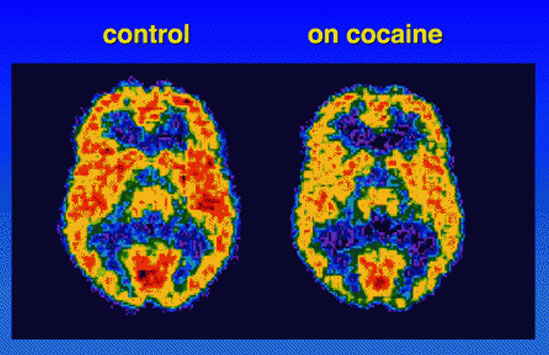
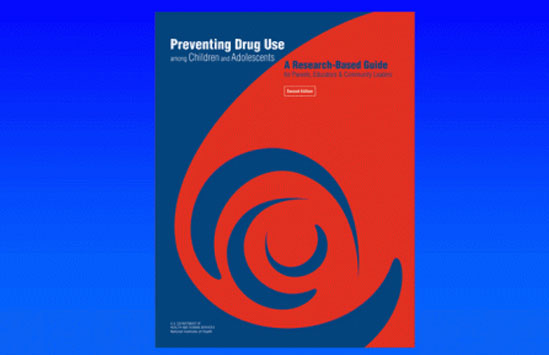
Principles of drug abuse prevention
In 1997, NIDA published the first research-based guide on preventing drug use among children and adolescents. Using a question-and-answer format, this guide presents an overview of the research about the origins and pathways of drug abuse, the basic principles derived from effective drug abuse prevention research, and the application of these research findings. Key components of this publication are presented in the following images.
Risk and Protective Factors
- Risk factors: Challenge an individual’s emotional, social and academic development
- Protective factors: Can lessen the impact of risk factors. Their impact varies along the developmental process.
- Common risk factors are found for multiple adolescent problem behaviors – e.g., substance use, teen pregnancy, delinquency, school drop out, violence Evidence-based prevention interventions may target risk and protective factors in the individual, family, peer, school and community domains.
The Aim of Prevention Approaches is to reduce risk factors and enhance protective factors.
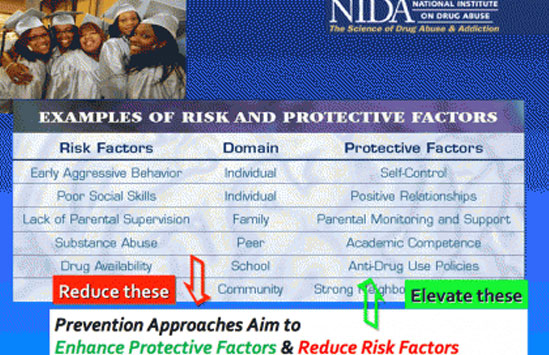
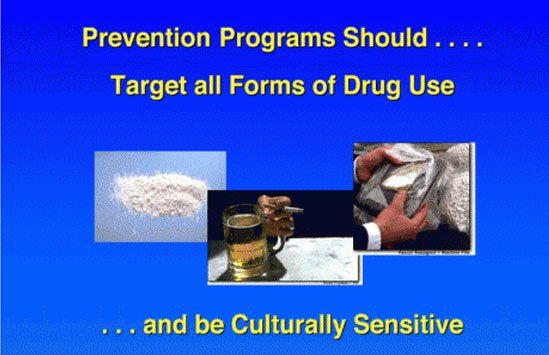
Targets all forms of drug use
Prevention programs should target all forms of drug use including the use of tobacco, alcohol, marijuana, and inhalants. In addition, prevention programs should be culturally sensitive to the context and needs of the individual, the family, and the community.
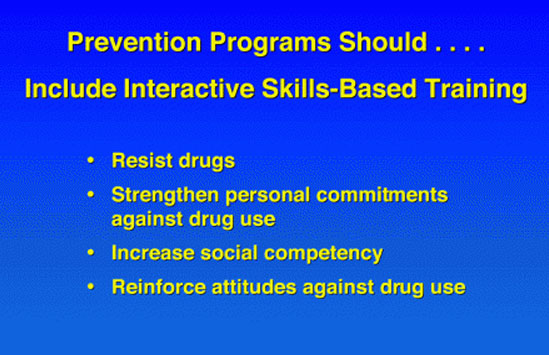
Skills-based training
Prevention programs should include skills training to help children and adolescents resist drugs, strengthen personal commitments against drug use, increase social competency (e.g., communications, peer relationships, self efficacy, and assertiveness), and reinforce attitudes against drug use. Programs should use interactive methods (e.g., group discussion) rather than didactic teaching methods alone.